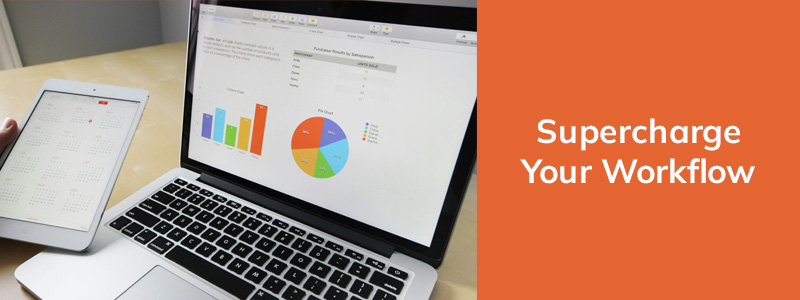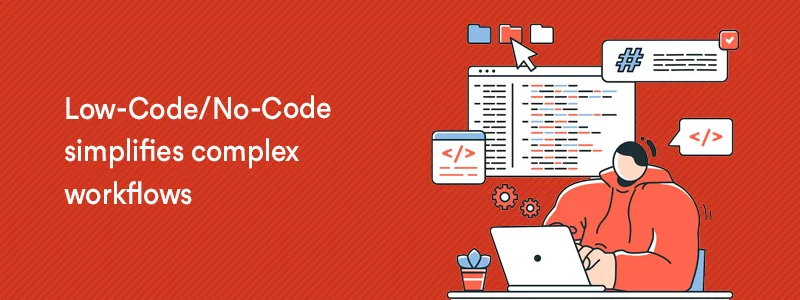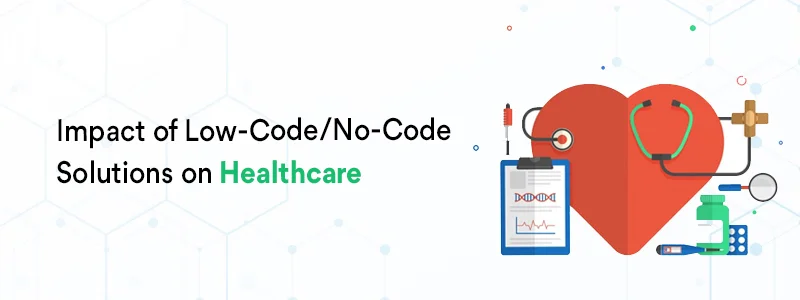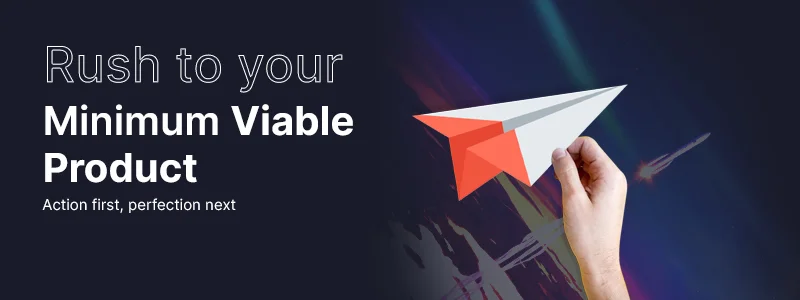
Why should you consider an MVP, and how does it work in App Development?
Learn the science of MVP
Minimum Viable Product is a strategy to introduce a new product into the market with minimum functionality to evaluate its customer demand and requirements in the early stages of development. It is an experiment to know the market response of the product, useful for startup companies to discover business opportunities. This strategy aims to gather customer feedback easily and to stop creating products that customers don’t require. In mobile app development, MVP adds features to the product that are needed to solve the core problems of the users and help the product succeed in the market.
Why do businesses love MVP?
- Get the product to the market as quickly as possible
- Reduce the development cost and time
- Get a clear vision of the product
- Test the business hypotheses
- Increase the learning pace from customer feedback
- Determine a builder’s ability to create the appropriate product
- Reduce the risk in the new inventions
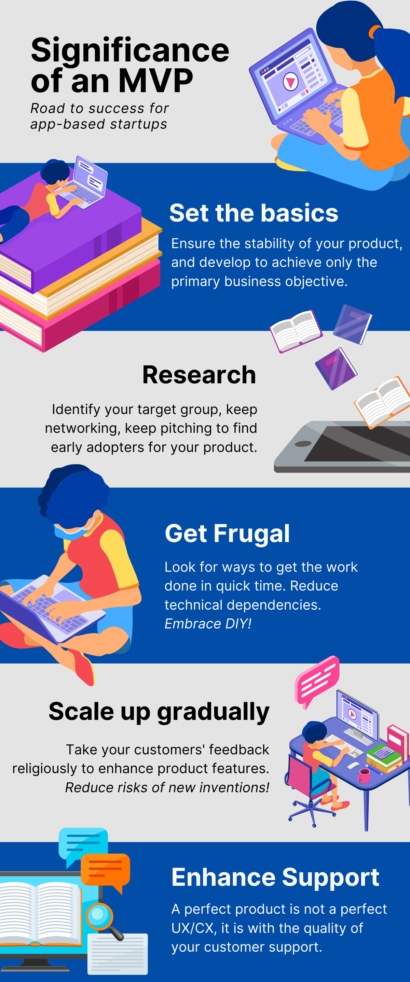
Before developing the product, ensure the MVP plan syncs with the business objectives and grabs the new users’ attention in the market. Identify customer challenges and offer the solution by implementing the MVP plan. With MVP, developers can identify:
- Where the product needs improvement
- What are the strength and weakness
- What are the additional functionalities to be added
- The success factor of the product
- Where to make changes
Design MVP using the business model components
In MVP, the first phase is to analyze the competitors and make a product stand out from the crowd. This helps to figure out what kind of smartphone app needs to succeed.
Value Proposition: What the product offers to its clients, such as the requirements it fulfills or the challenges it fixes
Customers section: Decide if the end-users really want the product by trial launching it and getting the feedback
Channels: Check if the new product delivers value to its customer
Customer relationship: Grab customers’ attention and maintain them by providing good products, then learn the customer feedback on how the product is useful.
Succeed at converting an idea into an app
Coming up with something unique is quite challenging. So, before converting an idea into an app, let’s try to answer the questions below:
- Do the competitors have the same idea?
- What are the changes that can be made in a new application?
- How to target the user and create an impact on the market?
- Is the product effective?
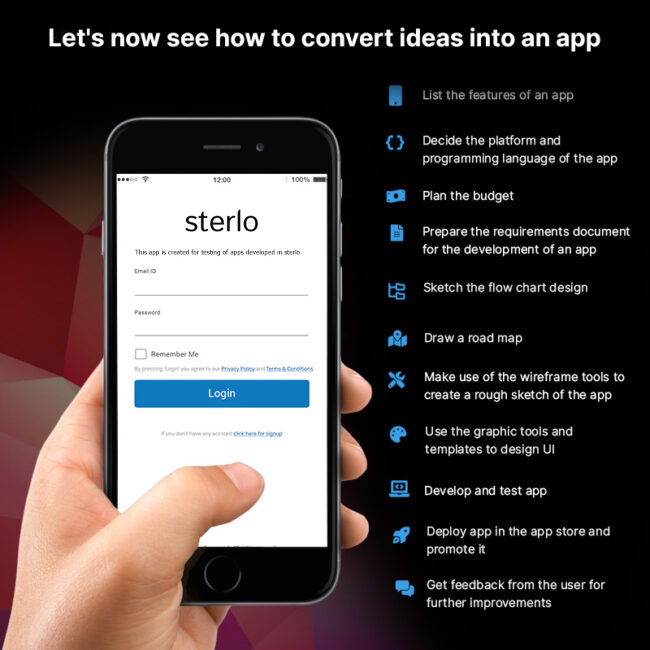
MVP is used to build a usable application in a short span of time and at a low cost; it’s the fastest way to produce an initial version of an application.
Incredible transition from hard code to low code platform
A few years ago, if anyone wanted to build an app, they needed to depend on technical developers. Now one can create multiple applications all by themselves using low code platforms. No need to spend time on coding.
The low code development platform accelerates the delivery of applications at a low cost by visual modeling. Anyone can explore innovative ideas and convert them into an application in minutes using sterlo low code development platform.
Benefits:
- Reduce development time and cost
- Easy integration
- Anyone can become a developer
- Faster deployment
- Easy update
How the MVP works in the product
An MVP is used to test the idea and figure out what works best to hit the target. It defines the project’s sequential steps and sets the stage for future iterations in the development path.
- Identify the business and market needs and decide how to make the unique product.
- Decide on what to achieve & what defines success
- Create users journey map
- Design the software from the user perspective
- Design the user flow and address the actions: The first step is to identify the product’s users. For example, if it is a food booking app, the person who orders the food (customer) and the one who delivers the food uses the app. The second step is to determine the actions performed by the user to complete the process. The third step is to identify the final action. For example,
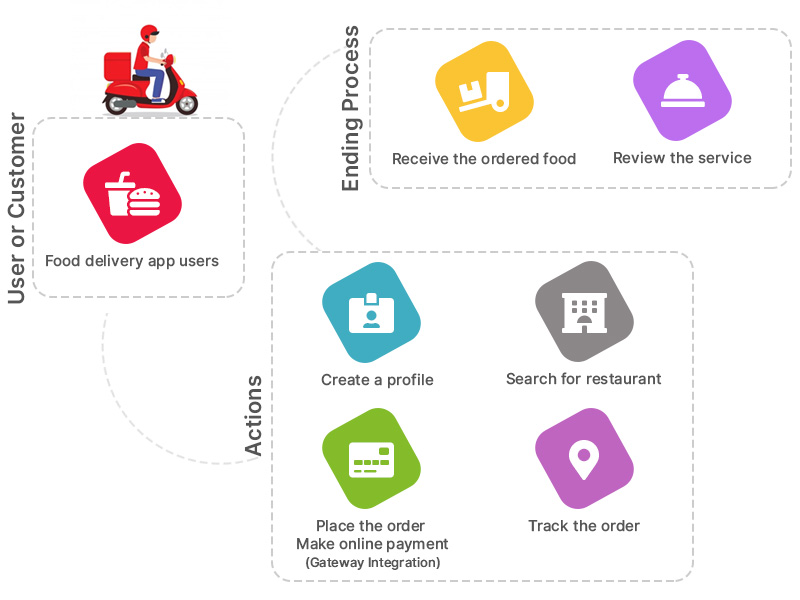
- Create a pain & gain map
- Identify the pains and gains of user actions
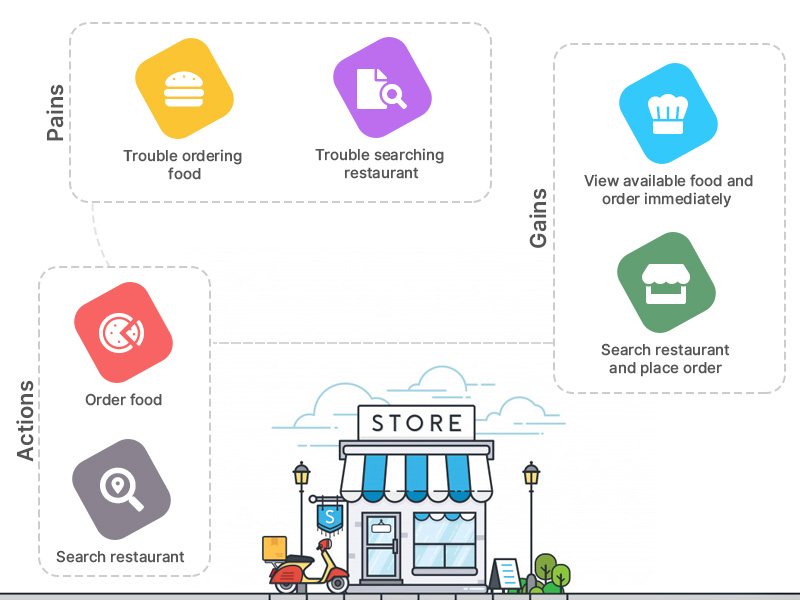
- Decide what features to include in the product
- Analyze the user needs & wants and then prioritize the features to be included in the product.
- Create a feature statement: For example, “how we might enhance the application process?”
- Use the prioritization matrix to break down the features to include in the roadmap.
- After deciding on the features, launch the MVP and collect feedback from the users.
- Figure out the ideal users and decide where to test the beta product.
When it comes to a smartphone app, people are incredibly selective. So give more importance to UX design in every stage of the MVP development process. It also helps businesses prioritize the roadmap to enhance the product iteratively and easily adapt to the changes in the market trend. The success of the business relies on how they implement the MVP Plan and how they act on the user feedback. The purpose of MVP development is to find new ways to add value to the product.
The platform to improve your MVP
It’s time to say goodbye to time-consuming and costly code-heavy app development. sterlo is a low code mobile app development platform that enables users to build an application without any coding experience. The user-friendly drag-and-drop interface enables developers and business users to quickly create mobile applications that meet all of their specific needs. Anyone can become a mobile application developer and complete their business journey faster with sterlo.
